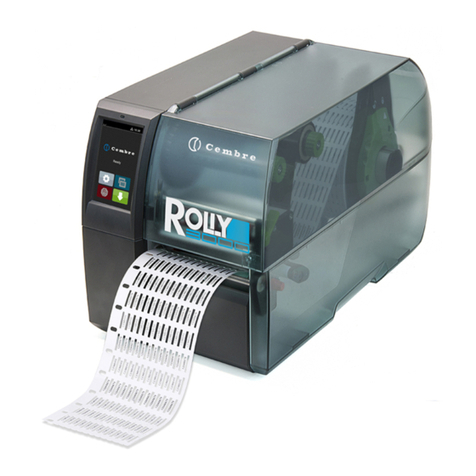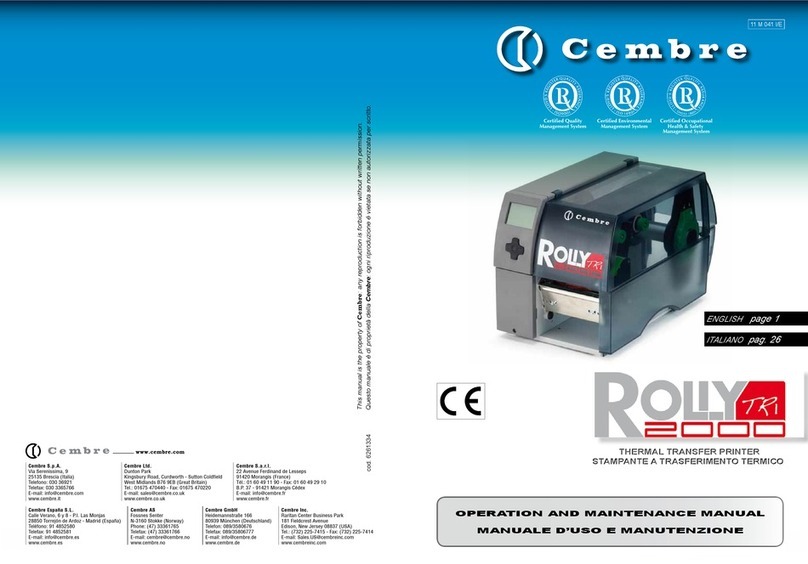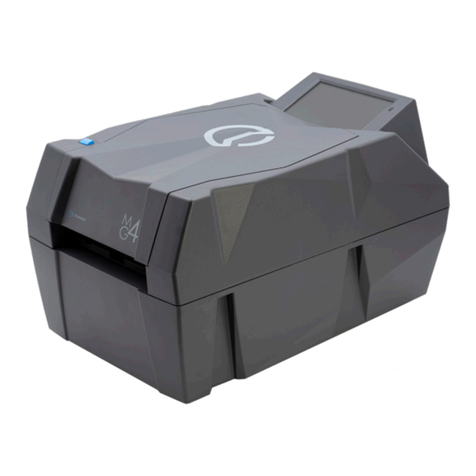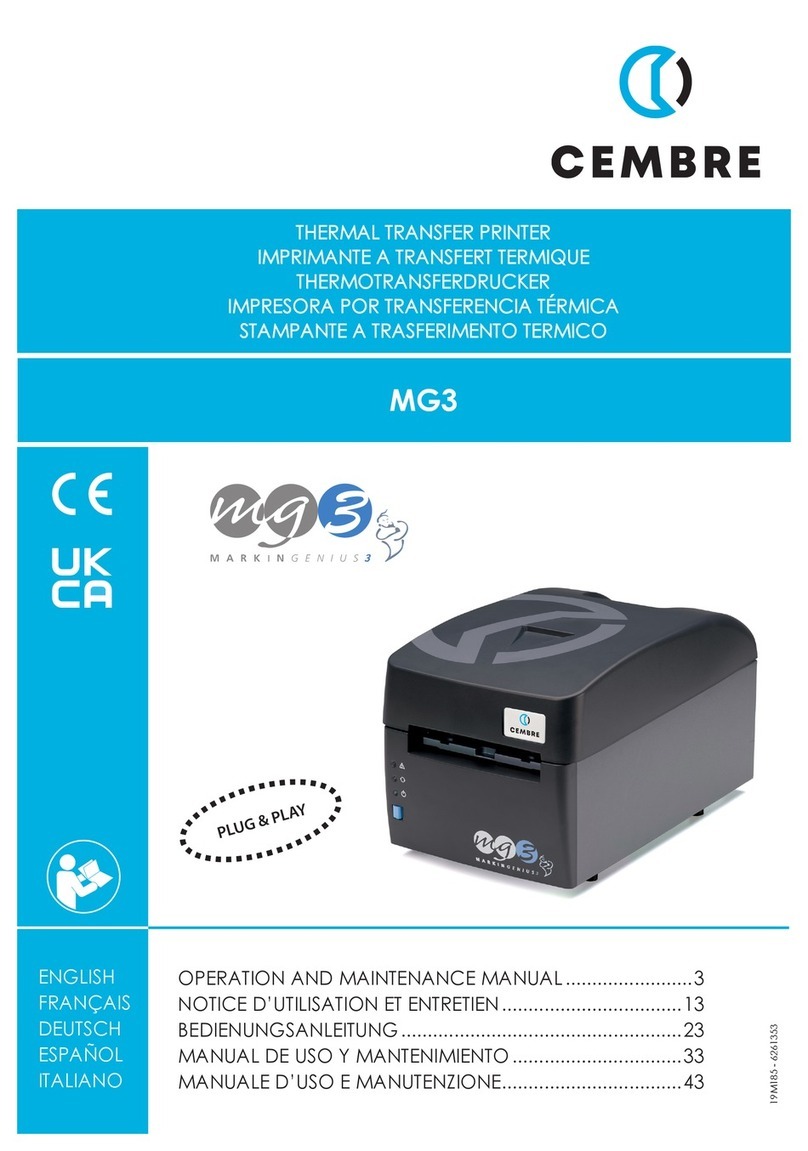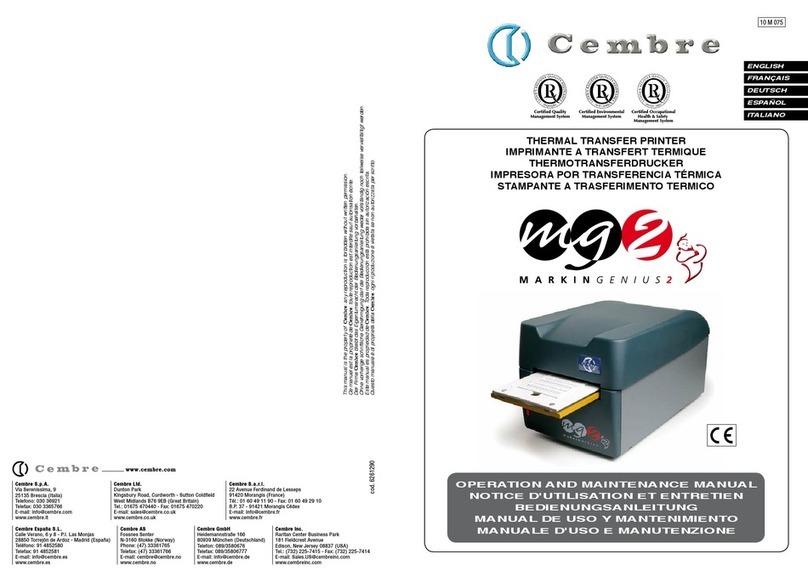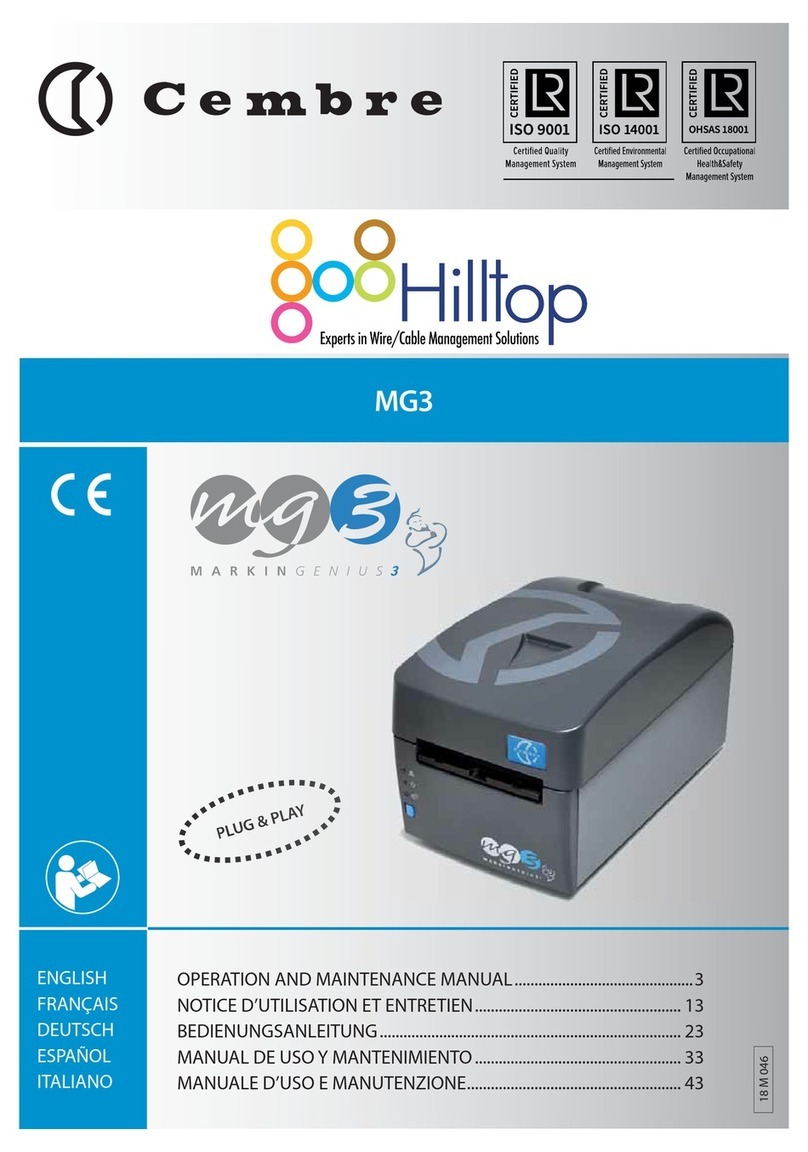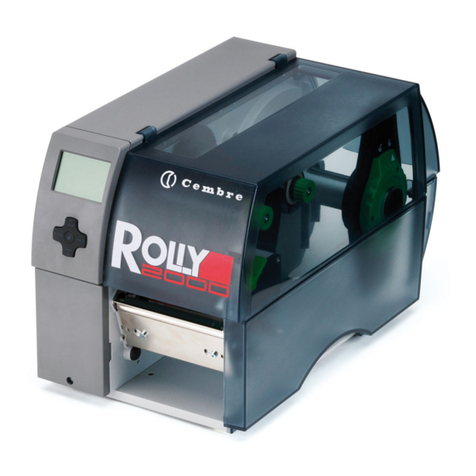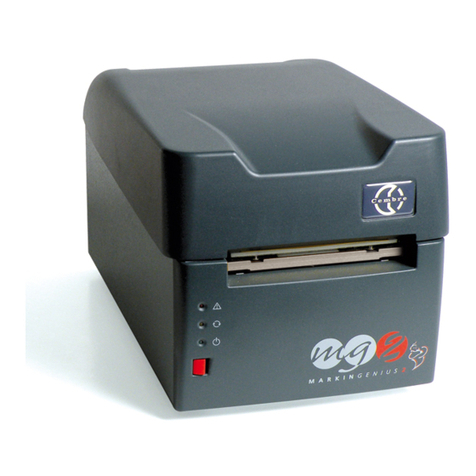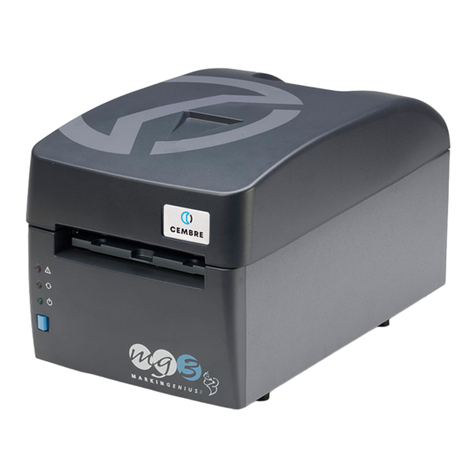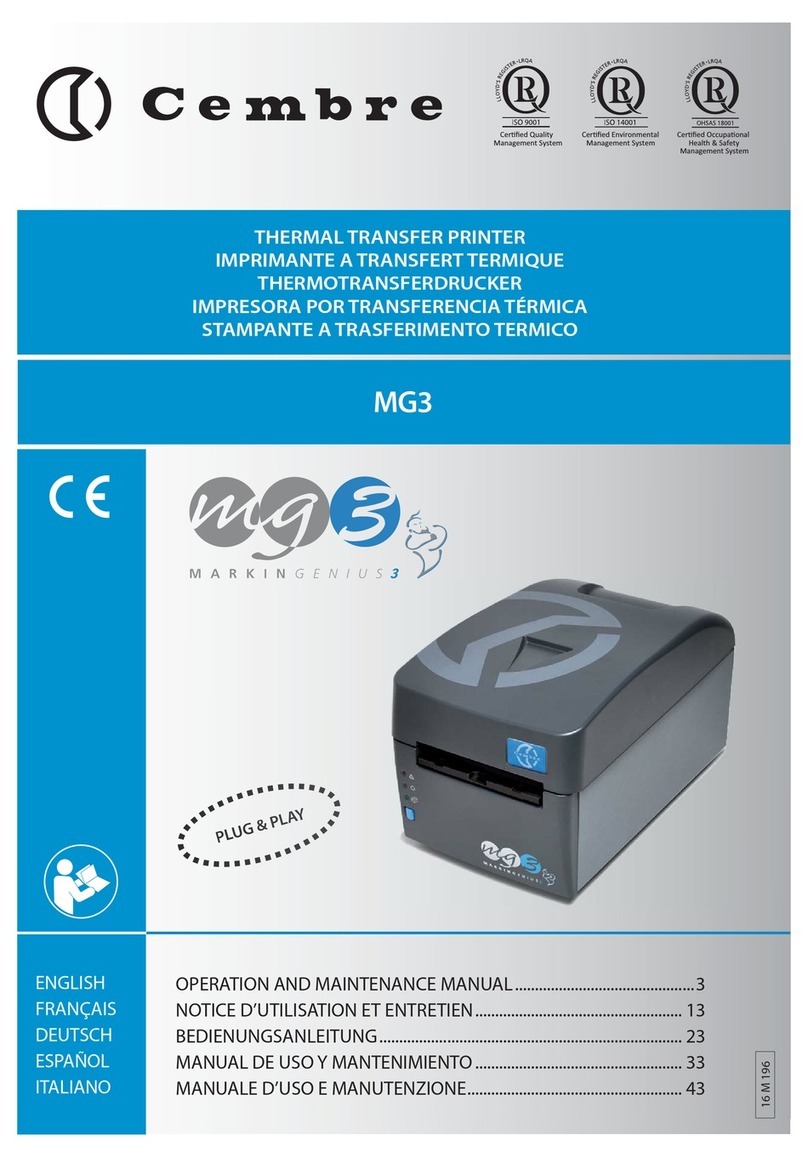
CONTENTS
1. PRODUCT INTRODUCTION..................................................................................1
1.1 Directives 2002/95/EC and 2002/96/EC........................................................... 1
1.2 Specification …................................................................................................. 1
1.2.1 Printer ....................................................................................................... 1
1.2.2 Environment............................................................................................... 2
1.2.3 Hardware.................................................................................................... 2
1.2.4 Bar Code.................................................................................................... 2
1.3 Optional Items.................................................................................................. 3
1.4 Supplies............................................................................................................ 3
1.4.1 Label Specification ................................................................................... 3
1.4.2 Ribbon Specification ................................................................................. 3
2. GETTING STARTED............................................................................................. 4
2.1 Unpacking and Inspection................................................................................. 4
2.2 Equipment Checklist......................................................................................... 4
2.3 Printer Parts ..................................................................................................... 5
2.4 Buttons, Indicators and Adjustment Knobs ....................................................... 6
3. SET UP.................................................................................................................. 9
3.1 Setting Up the Printer....................................................................................... 9
3.2 Ribbon Installation............................................................................................ 9
3.3 Label Roll Installation .................................................................................... 10
3.3.1 Distance/Black Line Detector Positioning ................................................... 11
3.4 Self-test ......................................................................................................... 12
3.5 Dump Mode.................................................................................................... 13
4. USING THE PRINTER ........................................................................................ 14
4.1 Power-on Utilities............................................................................................ 14
4.1.1 Gap/Black Mark Sensor Calibration Utility .............................................. 14
4.1.2 Printer Initialisation................................................................................... 15
4.2 Troubleshooting Guide.................................................................................... 16
5. PRINTER CLEANING.......................................................................................... 17
5.1 Print Head Cleaning ........................................................................................ 17
5.2 Printer Cover Cleaning ................................................................................... 17
5.3 Internal Parts Cleaning.................................................................................... 17
APPENDIX LCD Control Panel Operation Map..................................................... . 18

